Creating custom metal parts requires precision, efficiency, and an understanding of the right processes. Many businesses face challenges when selecting the most suitable techniques for producing high-quality parts. Whether prototyping or scaling up for mass production, choosing the right approach can make or break the final product.
How do you choose the most effective method? Want to know more about how these processes work? Let’s dive into each one below.

What’s Metal Fabrication?
Metal fabrication involves turning raw metal into useful parts or structures through cutting, bending, welding, and assembling. It plays a key role in the manufacturing, construction, and engineering industries.
The process includes several steps, each contributing to the final product. Whether making small, detailed pieces or large structural elements, metal fabrication is essential for creating high-quality, functional products from metal.
How to Make Custom Metal Parts?
The first step is designing the part. This is usually done with CAD software, where the part is modeled according to precise specifications. The design acts as a blueprint for the entire fabrication process.
Next, the right metal material is chosen. Options like stainless steel, aluminum, or titanium are selected based on strength, resistance to corrosion, and weight. The material must match the part’s intended use.
Once the design and material are ready, the part is fabricated using methods like laser cutting, CNC machining, or sheet metal stamping. These techniques shape the material into the desired form, whether a small, detailed component or a larger structure.
Lastly, the part may undergo finishing steps, which could involve surface treatments like powder coating or anodizing. In some cases, several parts are assembled to create the final product.
Metal Types Used in Custom Manufacturing
The type of metal used in custom manufacturing plays a big role in how the final product performs, lasts, and costs. Metals are generally divided into two categories: hard metals and soft metals. Each has unique qualities that make it suitable for different uses.
Hard Metal
Hard metals are known for their strength and durability. These metals are usually resistant to wear, corrosion, and high temperatures. Common examples of hard metals include:
- Stainless Steel: This metal is strong and resistant to corrosion. It is often used in industries like aerospace, automotive, and medical devices.
- Titanium: Titanium is lightweight but very strong. It resists corrosion and is ideal for high-performance applications such as aircraft parts and medical implants.
- Tool Steel: This type of steel is used for making cutting tools, dies, and molds. It is hard and can maintain its strength even at high temperatures.
Soft Metal
Soft metals are more flexible and easier to work with. These metals are used when strength is important but not as critical as with hard metals. Some common soft metals include:
- Aluminum: Aluminum is lightweight and resistant to corrosion. It is widely used in industries like automotive and construction and is easy to machine.
- Copper: Copper is known for its excellent ability to conduct electricity. It is commonly used in electrical work, like wiring and connectors.
- Brass: Brass is a mixture of copper and zinc. It is soft and corrosion-resistant, and it is often used for decorative items, plumbing parts, and musical instruments.
Key Manufacturing Processes
When manufacturing custom metal parts, different jobs require different techniques. Here are the most common ways to make metal parts:
CNC Machining
CNC machining is a precise process that uses computer-controlled machines to cut, drill, mill, and shape metal parts. It’s perfect for creating complex shapes and tight tolerances.
CNC machining uses many materials, including hard metals like stainless steel and titanium. It is commonly used in industries that require high precision, such as aerospace, medical devices, and automotive.
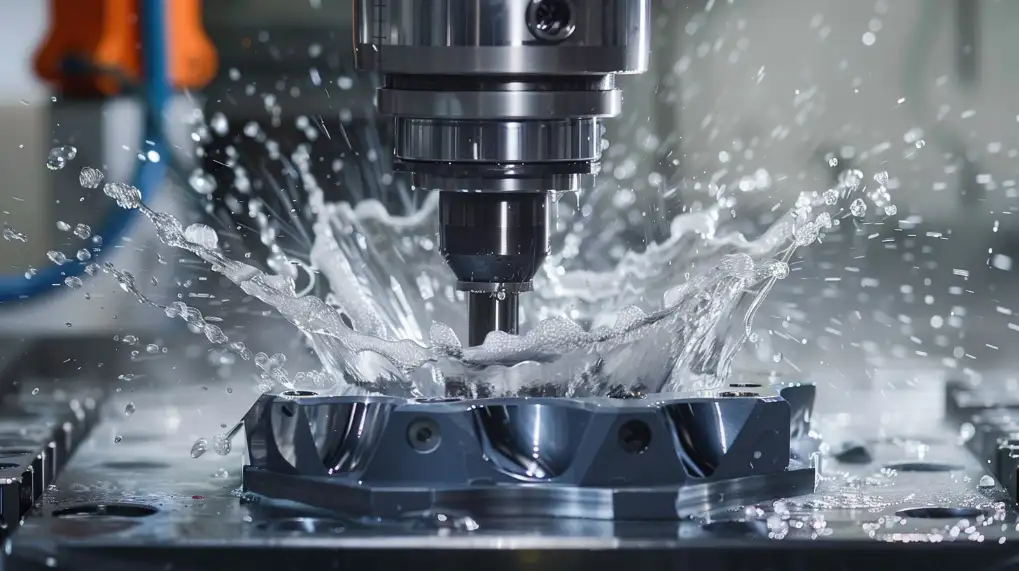
Sheet Metal Fabrication
Sheet metal fabrication involves cutting, bending, and assembling metal sheets into parts or structures. Techniques like laser cutting, punching, bending, and welding are used to make these parts.
This method is commonly used to create enclosures, panels, and components in industries like electronics, construction, and automotive. Sheet metal fabrication is versatile and cost-effective, making it suitable for prototypes and large production runs.
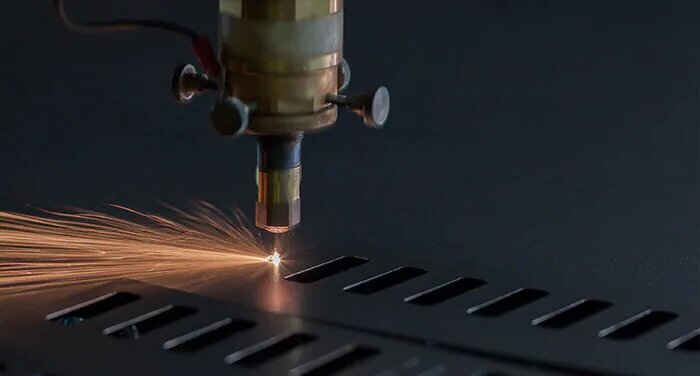
Injection Molding for Metal Parts
Injection molding is known for working with plastics, but metal injection molding is becoming more common. It involves injecting powdered metal mixed with a binder into a mold. The mold is then heated to remove the binder, leaving the solid metal part behind.
This process is ideal for making small, complex parts with tight tolerances, and it is often used in medical devices, automotive, and electronics.
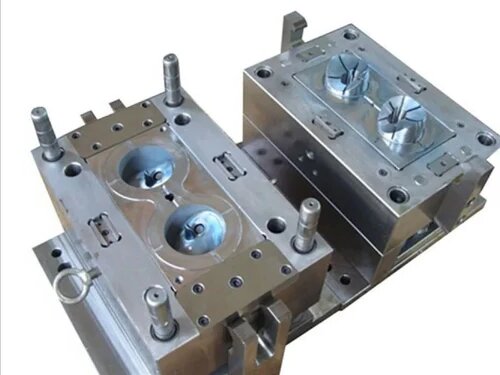
Metal Stamping
Metal stamping involves feeding flat metal sheets into a die, where they are stamped into specific shapes under high pressure.
This method is often used for parts that require high-volume production, such as automotive components, household appliances, and electrical parts. Metal stamping is quick and cost-effective, and it can produce parts with detailed features and consistent quality.

3D Printing
3D printing has changed the way custom metal parts are made. It builds parts layer by layer from a digital design, making it possible to create complex shapes that would be difficult to achieve using traditional methods.
Metal 3D printing is often used for rapid prototyping, low-volume production, and parts that need to be lightweight but strong. Industries like aerospace, automotive, and healthcare use this method.

Casting
Casting involves pouring molten metal into a mold to create a part. It’s used for making complex parts with detailed shapes and large sizes that would be hard to produce with other methods.
Common types of casting include sand casting, die casting, and investment casting. Casting is ideal for high-volume production of parts in industries like automotive, industrial equipment, and marine.
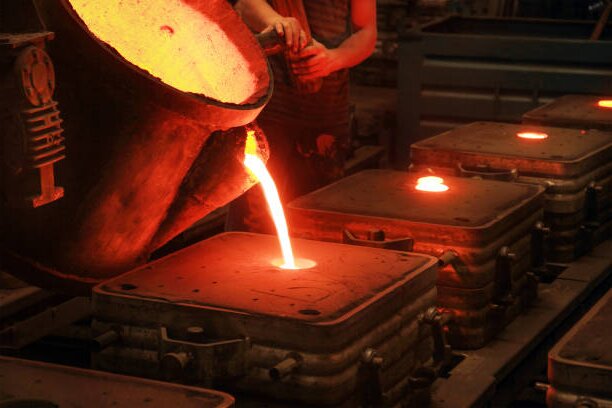
Extrusion
Extrusion forces metal through a die to create parts with a fixed cross-sectional shape. The metal is heated until soft and then pushed through a mold to form shapes like rods, tubes, and profiles.
Aluminum and steel are commonly used for extrusion. This process is useful when long, continuous shapes are needed, such as structural beams, rails, and piping, for the construction and transportation industries.
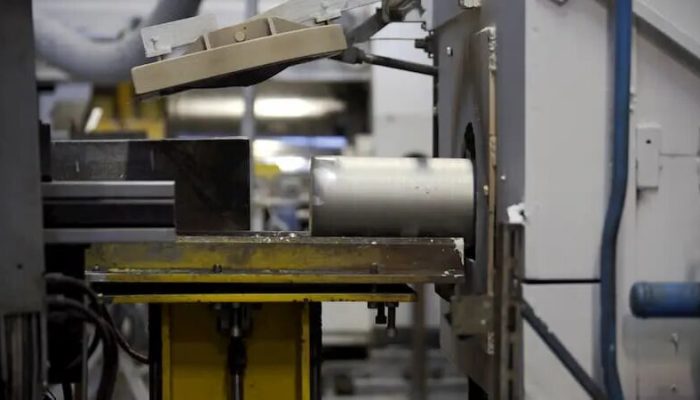
Common Metal Surface Finishing Techniques
Surface finishing techniques are important for improving metal parts’ appearance, durability, and functionality. Below are some of the most common methods used in manufacturing.
Powder Coating
Powder coating is a dry finishing process in which a fine powder is applied to a metal surface and heated to form a smooth, durable coating. This method offers excellent protection against corrosion, scratches, and UV damage.
Anodizing
Anodizing is an electrochemical process that thickens the natural oxide layer on metal surfaces, especially aluminum. This process improves corrosion resistance and allows for the addition of vibrant colors through dyeing.
Polishing
Polishing smooths a metal surface to create a shiny, reflective finish. Abrasive materials are used to remove scratches, oxidation, and other imperfections. Polishing is popular in industries that need a high-quality, visually appealing finish, such as jewelry, automotive, and decorative products.
Electroplating
Electroplating is a process where a thin layer of metal is added to a surface using an electric current. It is often used to provide protection against corrosion, improve appearance, or enhance wear resistance.
Hot Dipping
Hot dipping involves immersing a metal part in molten metal, such as zinc, to create a protective coating. Galvanizing coats steel or iron with zinc, a common example of hot dipping.
Painting
Painting is a common surface finishing technique. Metal parts are coated with liquid paint, which helps prevent rust, improve durability, and enhance the appearance of the part.
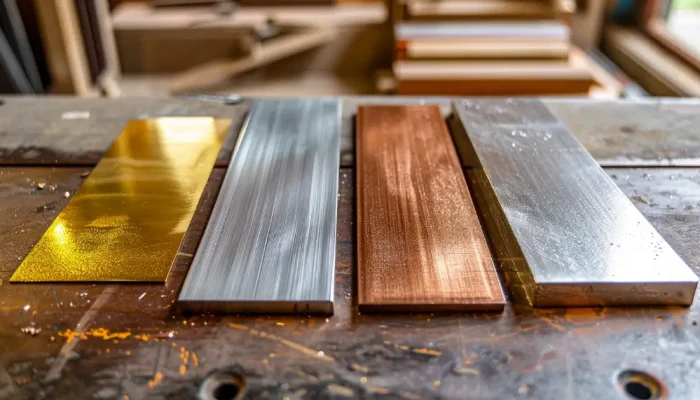
How to Order Custom Metal Parts Online
Ordering custom metal parts online is convenient and efficient. It allows you to get the parts you need, whether for a prototype or mass production. Here’s a simple breakdown of how to go about it.
Step 1: Prepare Your Design Files
- Provide CAD files (STEP, DWG, or IGES formats work best)
- Include detailed drawings with dimensions and tolerances.
- Specify material type and thickness requirements.
Step 2: Choose a Reliable Supplier
Look for manufacturers with:
- Experience with your type of part
- Positive customer reviews
- Clear pricing and process information
Check if they offer:
- Prototyping services
- Material certifications
- Quality control processes
Step 3: Request a Quote
Upload your files to the supplier’s website. Specify:
- Quantity needed
- Material preferences
- Surface finish requirements
- Delivery timeline
Step 4: Place Your Order
Confirm:
- Final pricing
- Production timeline
- Shipping method
Helpful Tips:
- Start with a small prototype order before full production
- Ask about design-for-manufacturing advice to reduce costs
- Check return/remake policies before ordering
Custom Metal Parts Manufacturing: Your Complete Solution
From design to delivery, custom metal parts manufacturing offers precision, durability, and flexibility for any project. Whether you need CNC machining for complex components, sheet metal fabrication for enclosures, or specialized finishes like powder coating or anodizing, the right process ensures high-quality results.
Need Custom Metal Parts? Get a Fast Quote Today! Contact Us Now – Let’s bring your designs to life with precision metal fabrication!
Hey, I'm Kevin Lee

For the past 10 years, I’ve been immersed in various forms of sheet metal fabrication, sharing cool insights here from my experiences across diverse workshops.
Get in touch

Kevin Lee
I have over ten years of professional experience in sheet metal fabrication, specializing in laser cutting, bending, welding, and surface treatment techniques. As the Technical Director at Shengen, I am committed to solving complex manufacturing challenges and driving innovation and quality in each project.




